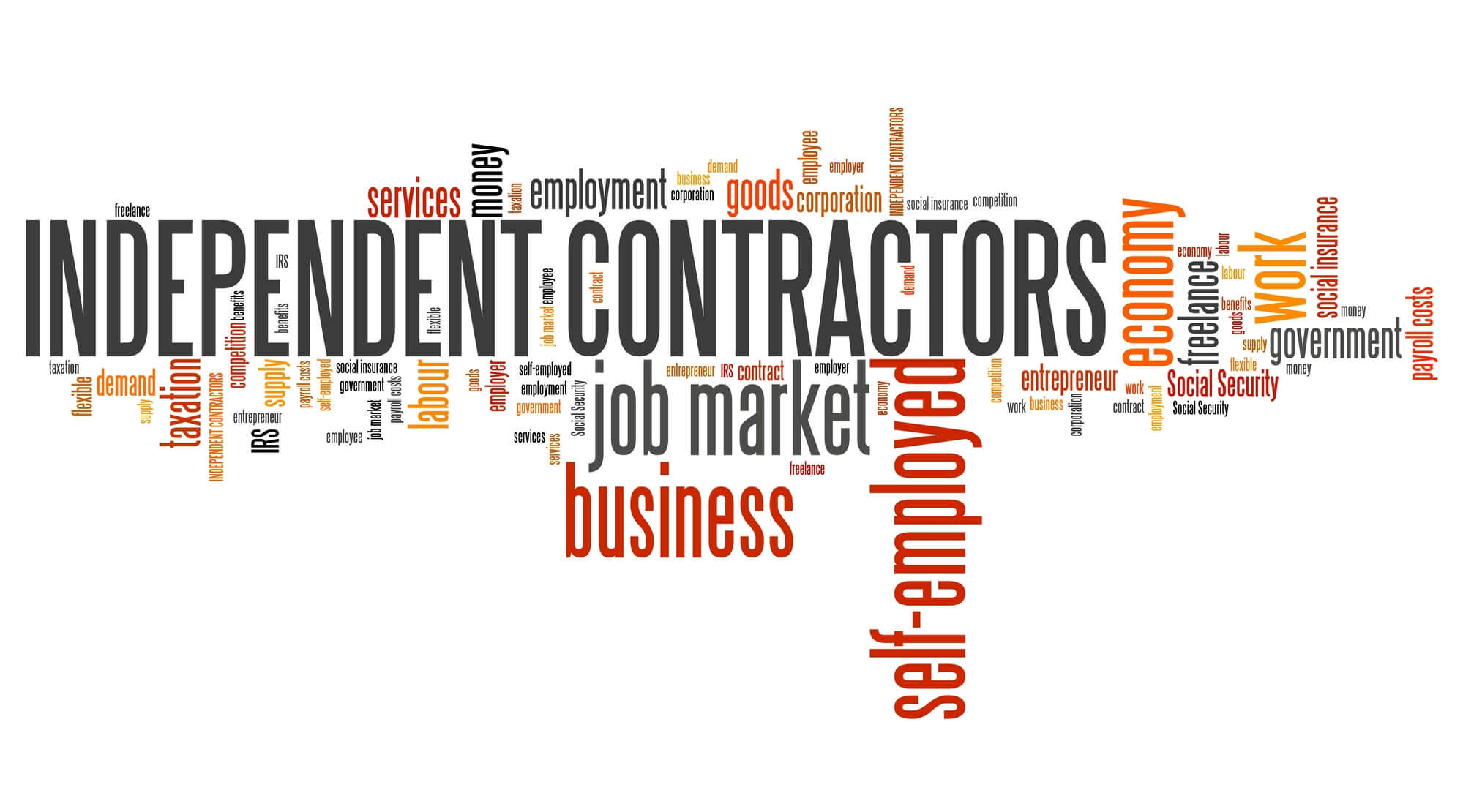All over the world, small and midsize businesses struggle with expanding. When they make it happen, the thing that will encounter issues will be hiring and recruitment. Using a PEO allows them to make this process cheaper and effectively save on time. This article helps you to understand PEO and its functions.
Here is the guideline that this article includes:
Table of Contents
What Is a PEO?
PEO is a standing point for “Professional Employment Organization”. A PEO ensures HR services, for instance, payroll, employee issues, and employer liabilities so on. PEO is also known as co-employment, business process outsourcing, or HR outsourcing. According to the National Association of Professional Employers Organization’s (NAPEO) definition, “PEO’s provide to small and mid-sized businesses across the country which are payroll, benefits, HR, tax administration, and regulatory compliance assistance are some of the many services”.
PEOs offer high-tech platforms, HR systems, training, and more in more recently. Being a partner, a PEO ensures automate processes, saving time; also online facilities administration, all of them are obtained by improving technology.
The Brief History of PEO
PEOs started in the 1980s in the Southern States, Texas. In addition to it, an approximately closer concept known as “employee leasing” had existed since the 1960s. The differences between these two approaches are services and responsibilities being provided.
PEOs offered not just “workers can work and fulfill certain tasks when necessary” but also HR support, payroll, assistance and driving them according to regulations, and much more.
With the developmental labor sector, the PEO necessities have increased almost doubled. Hence, the HR industry has become a more regulated and complicated field than in the past. In recent months, with the pandemic situation, people start to work remotely whether they can be even in the same country or not, the PEOs have become popular and useful more and more. Now, it is much easier to grow nationally or regionally for small and medium enterprises.
The Difference Between PEOs and Employee Leasing Companies
Even the PEOs help the business to hire by recruiting tools, onboarding, and HR support, which employee leasing companies offer on a temporary basis. Also, leasing companies can ensure returning actual employers, but PEOs help hire and retain employees but not supply employees to the client companies.
What Is Co-Employment?
Co-employment is an agreement that divides the employer responsibilities and obligations between a company and a PEO. With co-employment, it is easy to access big business, payroll, compensation and pension coverage and claim management, HR support and so on. Thanks to the co-employment agreement, the client company and PEOs share the risks. Co-employment can allow taking under control business decisions, but not give-up. Co-employment is like controlling in nature and it is useful for workers. Also, it is a business modal used by PEOs.
Relation Between PEO and Co-employment
In the co-employment model, the client company and the PEO exist. The client company’s workers become PEO’s workers, too. However, it should not be interpreted as PEO can control the client company. PEOs only provide HR services and employment issues etc. Hence, giving HR service does not mean replacing it. PEO proves significant services to the company. If a PEO is not certified, it cannot handle paying taxes on behalf of the company, which causes the company’s be penalized.
What is CPEO?
A certified PEO, also known as CPEO, includes financial and reporting requirements ruled by the IRS. That certification allows financial protections and taxes to the company. CPEO is beneficial for the long-term achievement of companies. There are some eligibility features to be a CPEO in the United States, which are listed below;
- PEO has to be a business entity
- PEO has to have a minimum of one physical business location in the US
- PEO needs to be a history of federal, state, and local tax compliance, financial responsibility, and organizational integrity
- PEO needs to be provided by a person/people (the majority of US citizens or residents) who worked or informed about employment tax compliance and business compliance requirements practices
- People can apply for that program online using the IRS Registration System for PEO certification. Before that, they need to complete to collect tasks as follows:
- CPEO Account Updates
- Annual Verification
- Bond
- Annual Audited Financial Statements
- Quarterly Assertions, Attestations, and Working Capital Statements
- Reporting Requirements
All requirements and needed documentation information are here.
What Is an ESAC?
ESAC is another kind of certification program that PEOs can get is accreditation by Employer Services Assurance Corporation, also known as ESAC.
ESAC is an independent non-profit corporation that is an official accreditation organization, and it is financial assurance for the PEOs.
Being a partner with accredited PEO offers reliability to the client companies. Moreover, Earning accreditation demonstrates a PEO’s financial stability, ethical business conduct, and adherence to operational standards and regulatory requirements.
ESAC can reach its potential, and it has some qualifications to accomplish that supporting the US’s small and midsize businesses. ESAC needs;
- To create standards for financial and operational reliability, ethical aspects, professional competency.
- To offer an independent verification program as a standard for all PEOs so that they can show their reliability over the companies to the clients.
- To ensure financial guarantee and notification program to clients, government authorities that accredited PEOs providing the responsibilities of contractual and cautionary obligations and the people who are concerned with
- To offer services to make PEO comply with efficient and reliable regulations and federal laws.
- To train the worker services, the society, states, and federal regulators about missions of ESAC.
Who Controls The PEOs?
There is an organization called NAPEO that drives the PEOs. It has regulations of ethics and many procedures about PEOs’ national exchanges.
Also, ESAC certified the PEOs with that accreditation, and it checks PEOs’ compatibilities with the guidelines, monetary solvency, and other significant industry guidelines.
Furthermore, the Tax Increase Prevention Act of 2014 set off a PEO affirmation program provided by the IRS. Although that program is in the line, the accreditation program was permitted by the IRS in July 2016.
These affirmation programs consist of completing the control of the PEO’s arrangement, financial information and credit checks, and history of spend consistency.
Benefits of Using a PEO
When small or midsized businesses make an effort to grow, they can misconduct some employee tasks. These must-do tasks make them slower. Here, PEOs exactly become valuable for companies.
PEO services help the companies manage their growth approaches and they can handle paper works and some other thorny issues on behalf of the client companies. Even, PEOs handle it the client companies still have efficacy on the oversight of the process. Therefore, PEOs help to grow faster client companies. They can focus on high-value activities to build up their companies.
Being a lack of experience in HR services, payrolls, taxation, etc., is a disadvantage for the small or midsize business. However, PEOs have exposed the issues during their services. They can quickly adapt to the situation. PEOs offer appropriate enrollment processes for the client companies and build up responsibilities, wages and payment issues, organize the directors’ meetings, and the ability to determine the applicants.
Being a partner with a PEO can crucially decrease the employment costs for the client companies, because the PEO service providers make the duties more efficient than the small and midsize companies. To sign a contract with PEOs, the PEO will be the co-employer of that company with their facilities. PEOs also become outsource HR departments for the small and midsize companies that it serves. Small and midsize businesses can have the same benefits as big companies when they collaborate with PEOs.
PEOs offer various solutions for companies. There are three key points: HR services, risk and compliance services, and benefits services.
HR Services
That service is beyond the benefits. It covers lots of thing in it like;
- Payroll
- Recruiting
- Training and development
- Management
- Scheduling
- Performance management
- Attendance and time
- Voluntary aspects
Risk and Compliance Services
Businesses can never ignore the risk, but subsidiaries can decrease it. PEOs identify the dangers and eliminate their expositions to the company. Here the some of the risk factors are;
- Employees’ compensation
- Safety in the workplace
- Employee Lawsuits
- Leave of absence
- The policies and notifications
These are some of the services that PEOs offer. That’s the significant point for every PEOs’, so the companies choose the PEOs according to their unique solutions.
Benefit Services
The client companies need beneficial plans that should be cost-effective and flexible to recruit top talent. The benefits can be;
- Healthcare
- 401 (k) and other pension plans
- Life, medical, vision, and dental plans
- Complimentary issues
Even if a PEO plays a crucial role for the companies, that role and responsibilities do not contain daily supervision or interview and hire.
The employees will approach a more comprehensive diversity of advantages than the client companies could obtain individually. PEOs also help the companies about;
- Offering the protection of unemployment and disability
- Accessing employment insurance with low prices
- Enabling client companies to make the sheltered workplace and provide to use their handbooks or archives
- Using the documents related to government materials like finance charges or other business
How to Choose a PEO?
The client companies have to be careful to choose a PEO for their business. Here are some crucial things that PEOs has to;
- Accredited by ESAC or certified by the IRS
- Have a good business record and financial stability
- Should ensure the needs of your business and employees
- Can supply references around the client company’s business
- Ensure comprehensive support and compliance practices
- Provide services and coverage where the client company’s do business
- Approved either a 403(b) or a 401(k) retirement plan
Most of the PEOs are operating the part of or the whole country, and their clients can be from various states and regions. The PEOs organized either national or regional. When the aforementioned PEO is local, their clients will be in one state or area of the country. For that reason, it is tied to the sort of knowledge and service needed whether a PEO is national or regional is essential.
Besides, there will be a particular emphasis on the adaptation of technology. Professional employee organizations must optimize to apply technology in their working environment. Technology can be assumed as an essential aspect for the PEOs.
Even if a PEO is not the best solution for the client companies, knowing the PEOs’ mission and vision will be the pathfinder for small and midsize businesses to expand their companies.
Who Should Use a PEO?
All you read until here is that even if any company can use the PEO services, it will be more fitted for small or midsized companies. Big business mostly applies other kinds of services to handle the tasks. There is not a restricted list, but here some of the establishment that can use PEOs;
- Heritage and property administrations
- Computer technology administrations
- Securities merchants
- Legal administrations
- Health administrations
- Management administrations
- Accounting
- Wholesale administrations, etc.
Taking into consideration that PEO services remove the obstacles for small and midsize businesses. When a client company wants to grow, they can join a PEO to focus on business approaches rather than employee’s wages, payrolls, and other things that will become a slower development. Using a PEO has many advantages for client companies, but some critical points need to be careful to make a contract with them. When the small and midsize companies decide to choose a PEO, they need to be cautious about certificated or accredited PEOs to make their work easy. Hence, if they want their taxes paid and other governmental issues, they need certification or accredited PEO to make their behalf.
*This document should not be assumed as a legal advice. These informations may always change, please contact with our team of attorneys to confirm.
References




